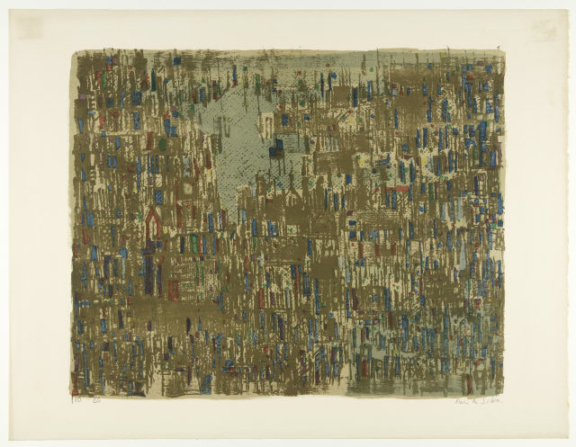
Maria Helena Vieira da Silva
Morges (Font Bistre)
Lisbon, Portugal, 1908 – Paris, France, 1992
A lonely childhood among adults, punctuated by travels abroad and days spent in her grandfather’s library, soon fostered in Vieira da Silva the need for artistic imagination. She was taught music, drawing and painting at home by tutors. Interested in sculpture, she also studied anatomy at the Medical School of Lisbon. Fearing the stagnation of her art, in 1928 she headed to Paris with her mother to study sculpture with Bourdelle, then assisted by Richier and Giacometti, and later with Despiau. Vieira would ultimately concentrate on painting, studying with famous artists such as Fernand Léger and Roger Bissière, and learning to engrave in the renowned Atelier 17 of S.W. Hayter. As a child, Vieira had decided to become a painter after visiting England, and her process of artistic discovery and experimentation would remain attached to constant travelling in this period of formation, during which she married the Hungarian painter Arpad Szenes, in 1930. In spite of considering Matisse and Cézanne as the great Modern masters, the most conspicuous impact on her painting resulted from a long a long and intense relation with the work of the Uruguayan Torres-García she discovered in 1929. Across the following decade, Vieira’s painting gradually withdrew from the real, first absorbing and then expelling human presence, until reaching the borders of abstraction. With her idiosyncratic language and an interest in the representation of space, Vieira transformed metaphorical motifs such as chessboards or card games in complex grid-like compositions with strong visual ambiguities.
Her first solo show took place in the Galerie Jeanne Bucher (1933). Two years later, António Pedro presented the work of Vieira da Silva in Portugal, where she stayed for a brief period. Upon returning to Paris, in October 1936, she participated in the “Amis du Monde”, a group of Parisian artists united against the threat of far-right politics in Europe. Vieira’s painting also changes, substituting perspective for grids and other visual structures that emphasise the composition’s architecture, with lines that interweave labyrinthically. As the threat of war grew closer, her subjects became more political, particularly when, stateless and married to a Jew, Vieira da Silva was forced to return to Lisbon (1939). However, Salazar’s government denied her Portuguese citizenship, and the couple had to leave for exile in Rio de Janeiro (1940-1947). There they exhibited, taught, and befriended Brazilian poets such as Murilo Mendes and Cecília Meireles, and painters like Carlos Scliar. Even so, this was a period of drastic decrease in Vieira da Silva’s artistic production, having resorted to figurative options that were lacking the boldness of her former abstractions, precipitating her to come back to France.
A fundamental change takes place in Vieira’s career when the French State acquires one of her works (1948), an official recognition that was followed by a thriving and diversified artistic production, collaborating with writers such as René Char, creating sets for Arthur Adamov’s Theatre of the Absurd, or painting the sculptures of Germaine Richier. Towards the late 1950s, Vieira da Silva was already internationally hailed for her lyrical compositions, conciliating figuration and abstraction in a highly personal language that recalls, but never identifies with, the paysagisme abstrait of Bissière or Bazaine. Repeatedly evoking the theme of libraries, cities and labyrinths, the structural motifs and inexpressive colours of Vieira’s pictures seemed to be icons of the post-war Existentialist alienation.
Although she belonged to the School of Paris, Vieira da Silva would only become a French citizen in 1956, around which time she reached the peak of her acclaim, exhibiting all around the world and being awarded with consecutive official honours from France. She was made Chevalier and Commandeur de l’Ordre des Arts et des Lettres (1960 and 1962) and received the Grand Prix National des Arts (1966), in addition to having won the International Award of Painting at the Biennale of São Paulo, Brazil (1961). Retrospectives of her work multiplied in Europe (Hannover, Bremen, Wuppertal, in 1958; Mannheim, in 1962; Grenoble, Turin, in 1964; Paris, Oslo, Basel, Lisbon, at the Gulbenkian Foundation, in 1971), and she was invited for numerous projects: the execution of her first tapestry by the illustrious Manufacture de Beauvais (1965), the decoration of the stained glasses of the Saint-Jacques church in Reims (1966), the design of posters on occasion of the April Revolution in Portugal, edited by the Gulbenkian Foundation (1975), and of the International Year of Peace, on request of the UNESCO (1986). The Portuguese Government distinguishes Vieira with the Grand Cross of the Order of Sant’Iago de Espada (1977) and she is commissioned the decoration of the Lisbon subway station “Cidade Universitária”, in which she is assisted by Manuel Cargaleiro (1988).
The last days, spent working in her Parisian studio, no longer accompanied by Arpad, were also the time for the highest recognition of her lifetime achievements. She was elected Member of the Royal Academy of Arts in London (1988) and made Officier de la Legion d’Honneur, with insignias handed personally by the French President François Mitterrand (1991). In Lisbon, the Arpad-Szenes-Vieira da Silva Foundation was created (1990). Besides being featured in Portugal’s foremost art collections, her work is also represented in some of the most prestigious museums worldwide, such as the Centre Georges Pompidou (Paris), the MoMA and Guggenheim Museum (New York), the Tate Collection (London), the Museo Thyssen-Bornemisza (Madrid), the Art Institute of Chicago (Chicago), the Ashmolean Museum (Oxford) or the Pinacoteca do Estado de São Paulo (São Paulo).
Afonso Ramos
February 2011

Morges (Font Bistre)

Le Balcon
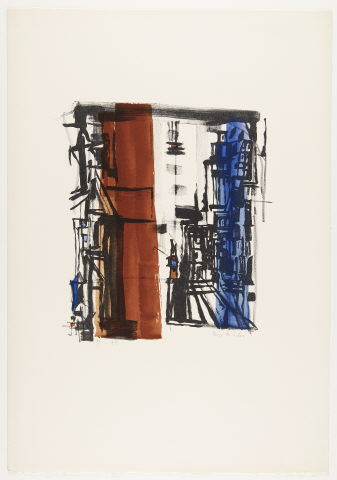
Goldoni
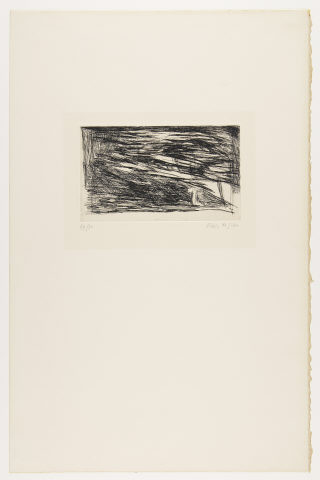
Les Livres
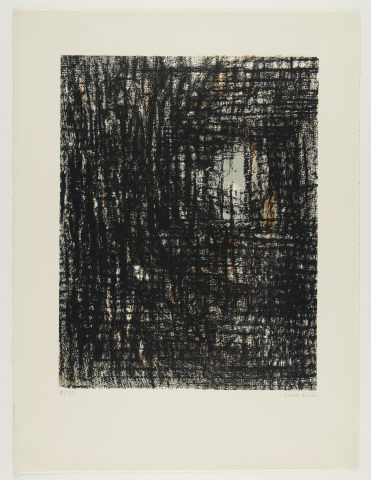
Sem Título

L’ Inclémence Lointaine
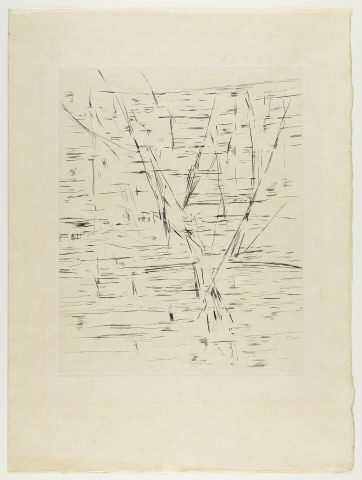
L’Inclémence Lointaine
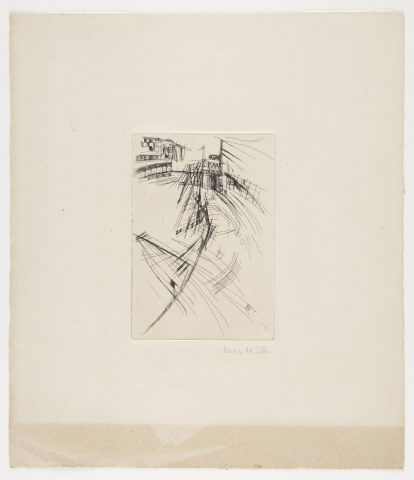
Sem Título
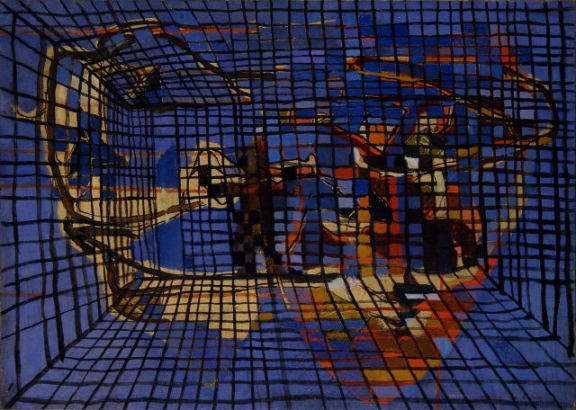
Le Héros ou Le Héraut
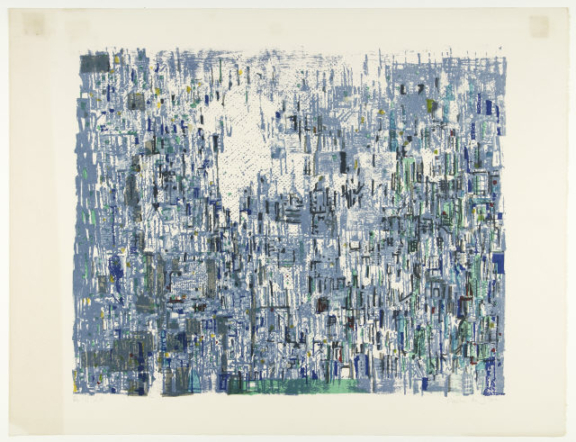
Morges (Dessin Bleu)
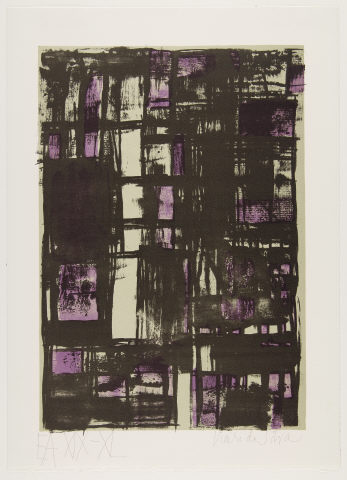
Hommage à Jean Cassou

La Tempête
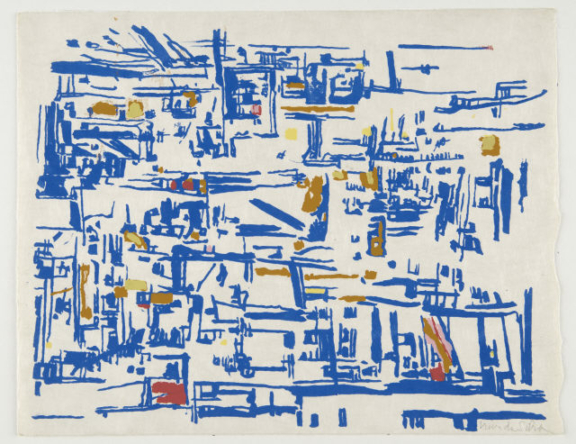
Sans Titre
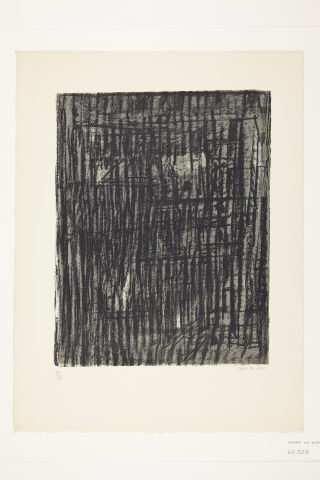
Les Grilles
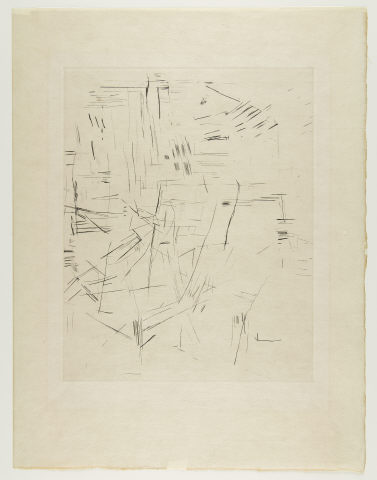
L´Inclémence Lointaine
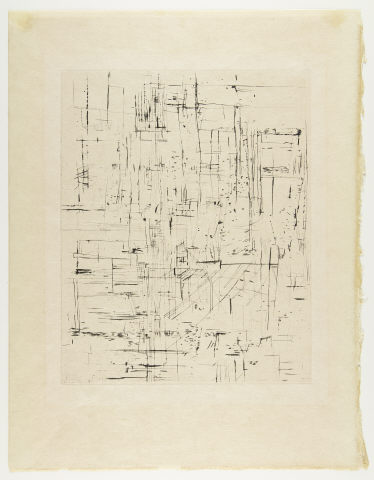
L’ Inclémence Lointaine
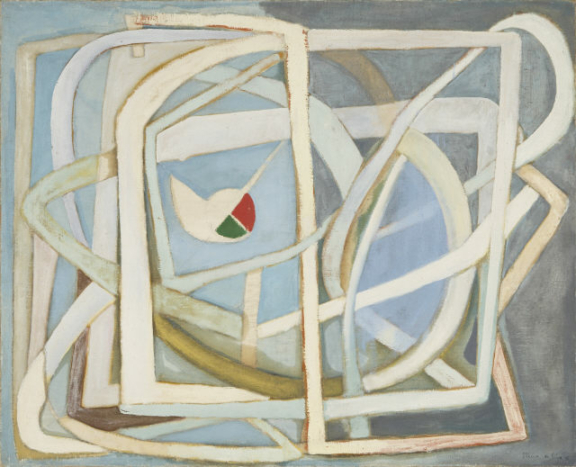
Composition (Composição)
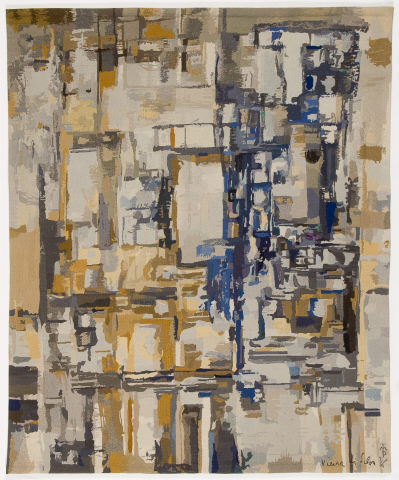
Janela
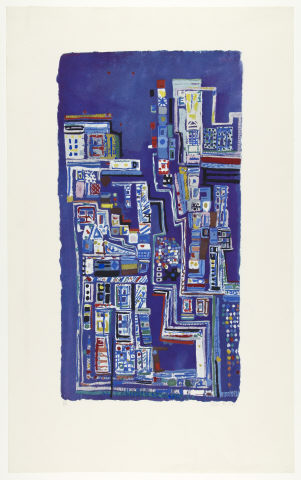
Broadway
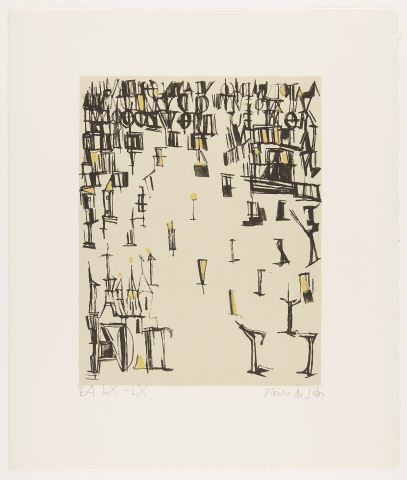
Les Piétons de Bâle
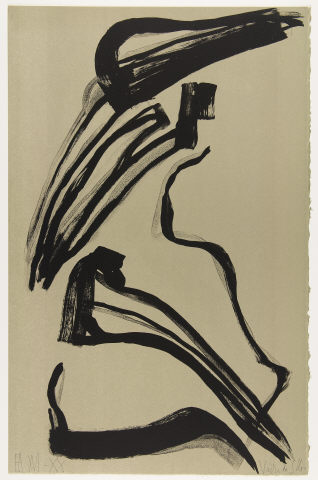
Hommage à Bartok
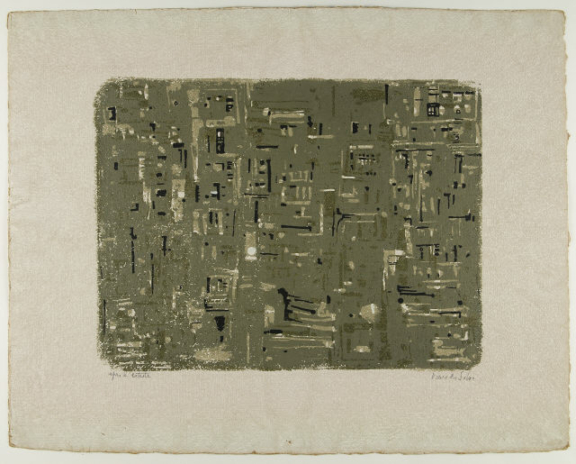
Verte
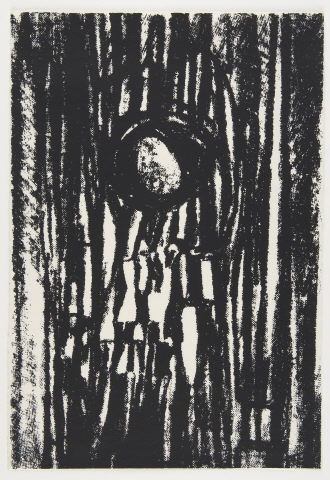
Vostok
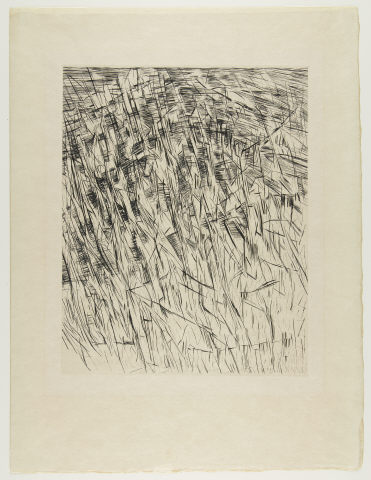
L´Inclémence Lointaine
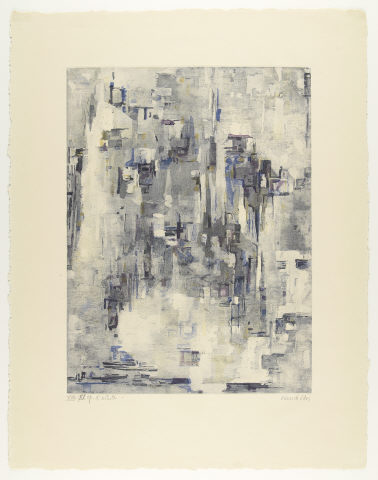
Sem Título
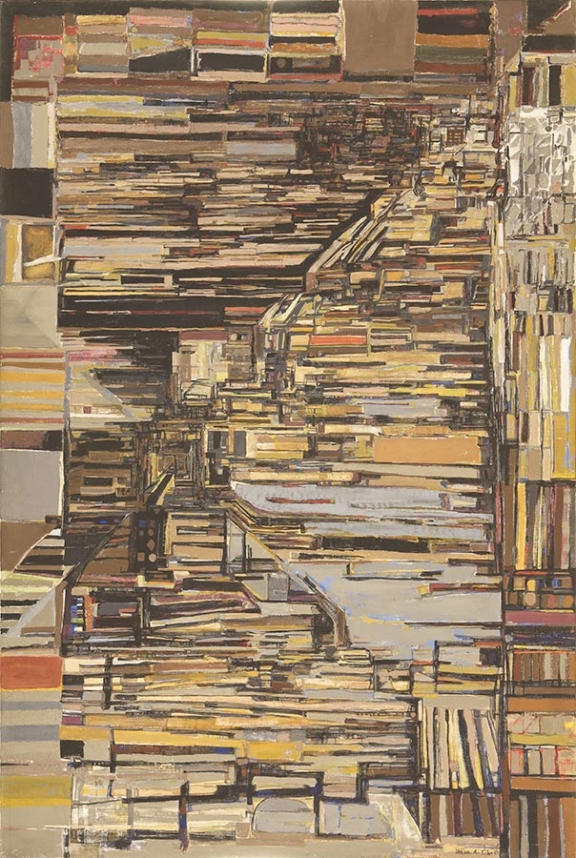
Les Degrés
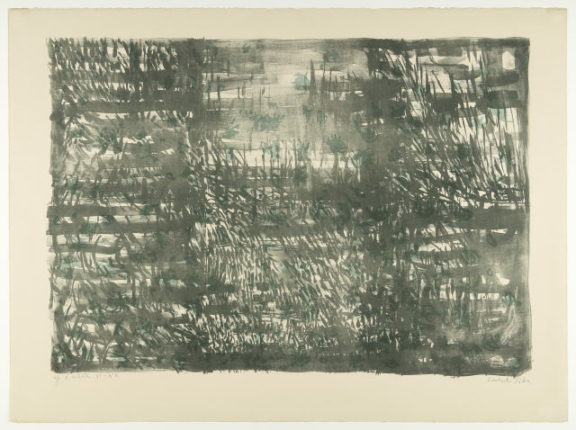
Jardin
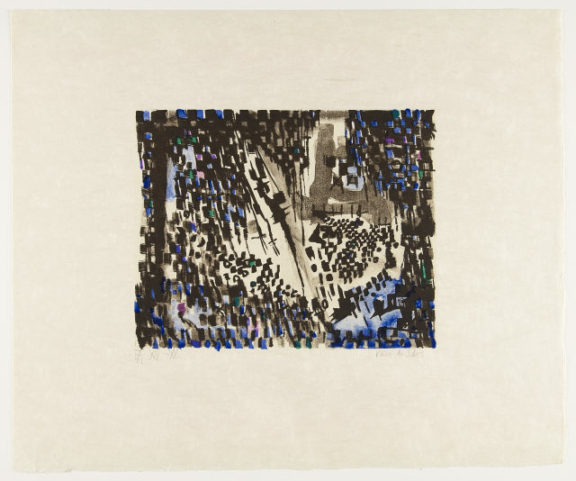
Le Petit Ramoneur

La Chapelle
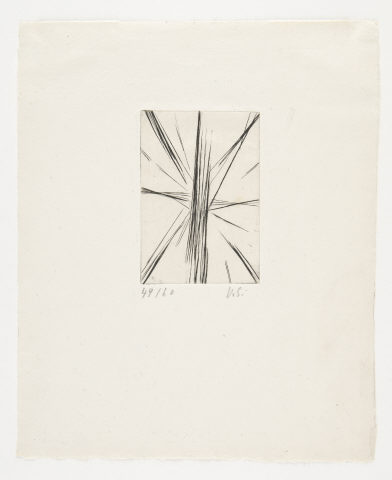
Petite Étoile
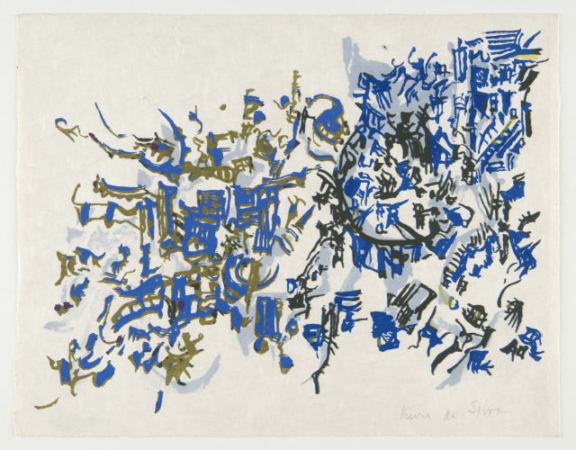
Le Jardin
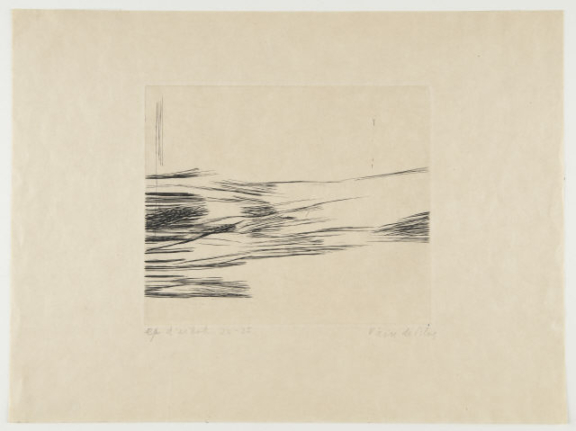
Sans Titre
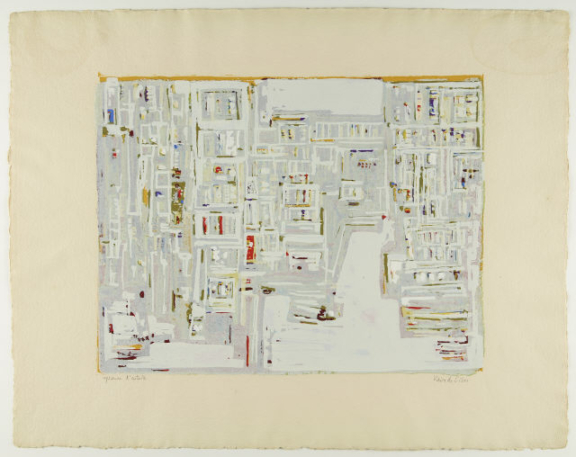
La Bibliothèque
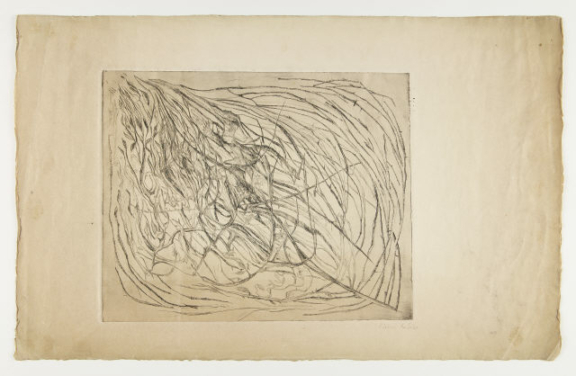
Le Buisson Ardent

Variations sur un Thème
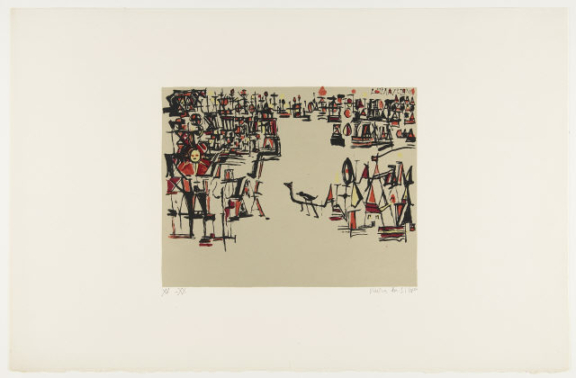
Carnaval
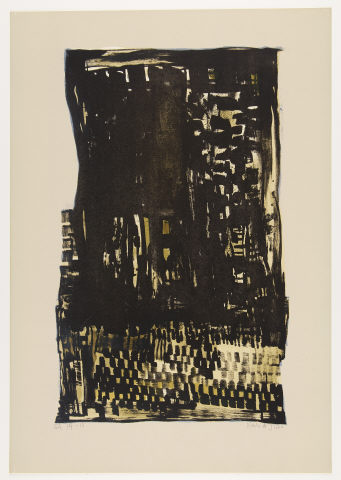
La Tour
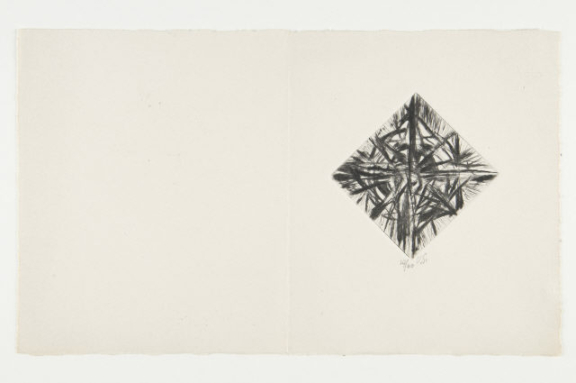
Grande Étoile
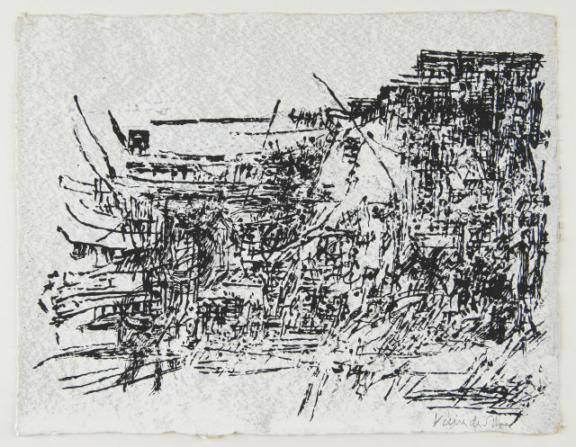
Sem Título (Paisagem)

L’ Inclémence Lointaine
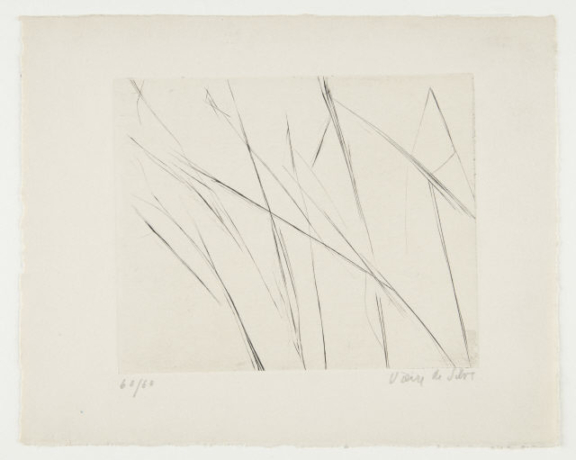
Les Herbes
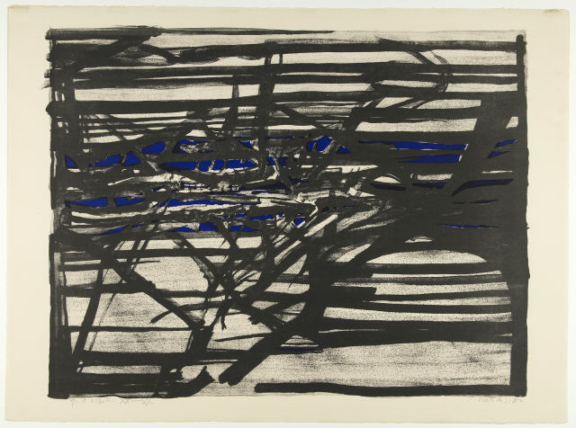
Bleu, Blanche, Noir
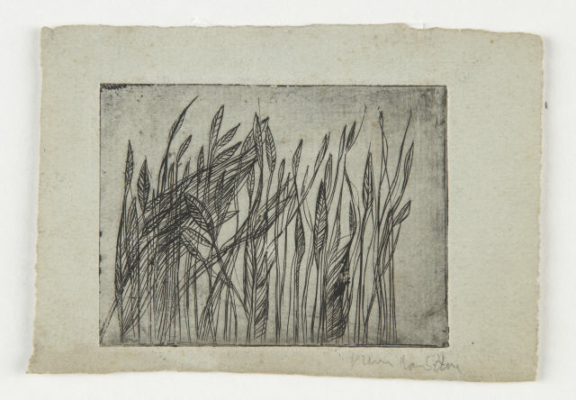
Les Plantes
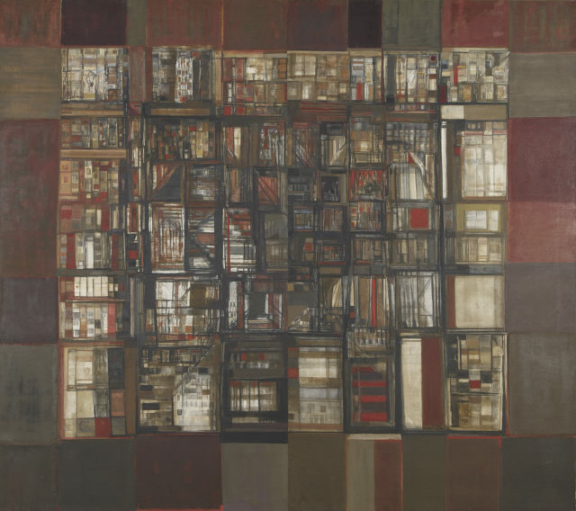
La bibliothèque en feu [A biblioteca em fogo]
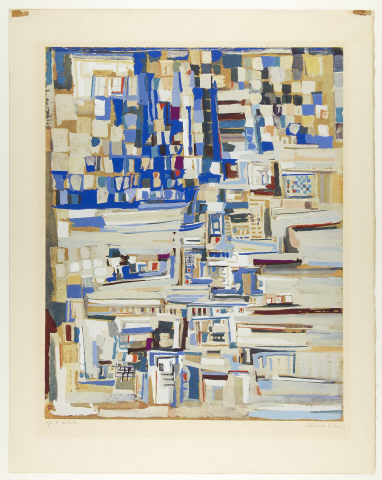
Sem Título
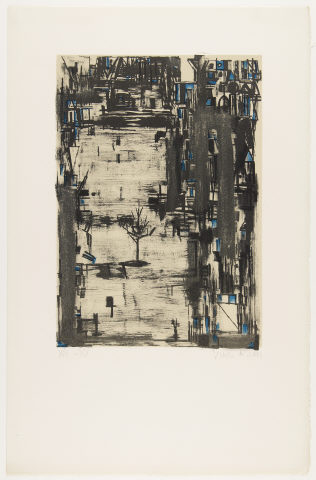
L’ Arbre
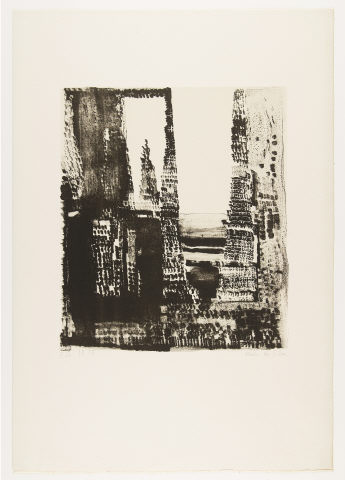
Le Tage

S/ Título (Paisagem)

L’ Inclémence Lointaine
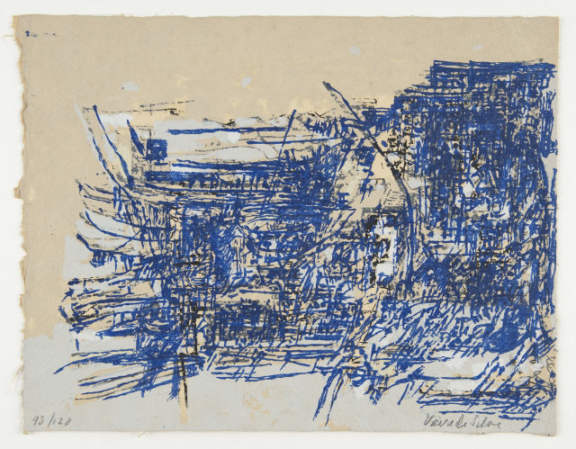
S/ Título
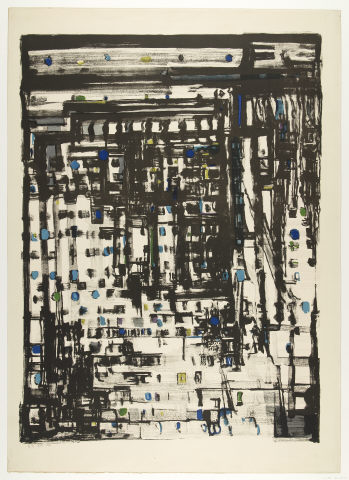
Fronton
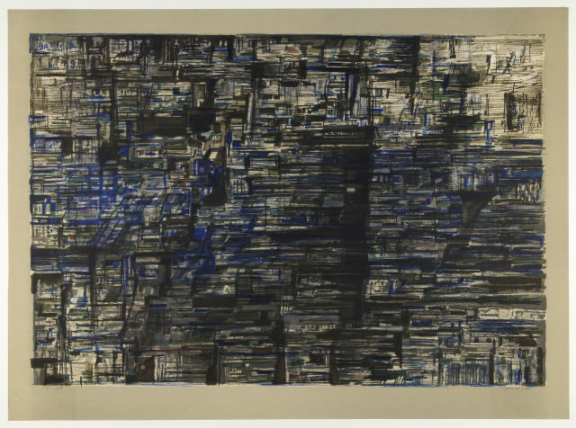
Ermitages (Bleu Tressé)
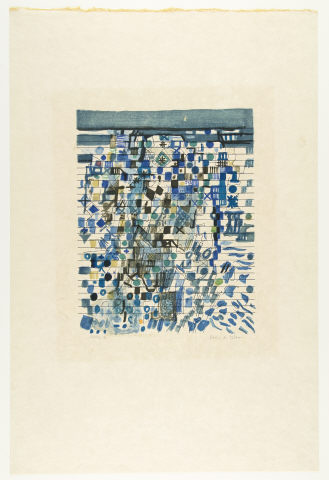
Le Jardin de Lucie
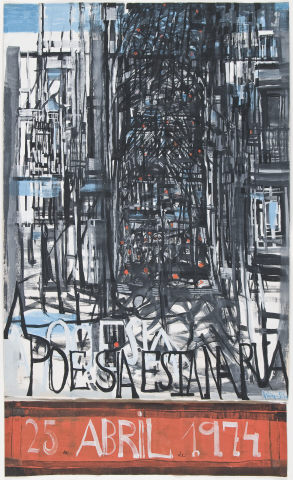
A Poesia está na Rua

L’Aqueduc (O Aqueduto)

Les Oliviers

Pour une Fête
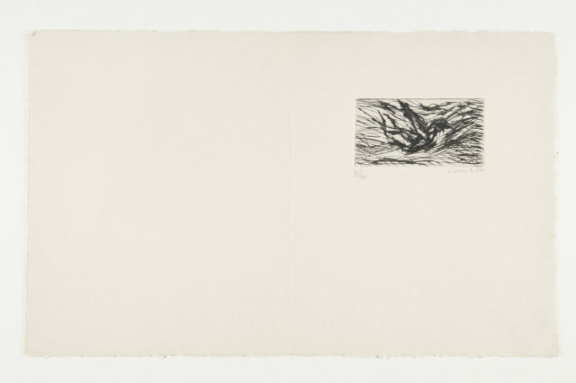
L’ Oiseau
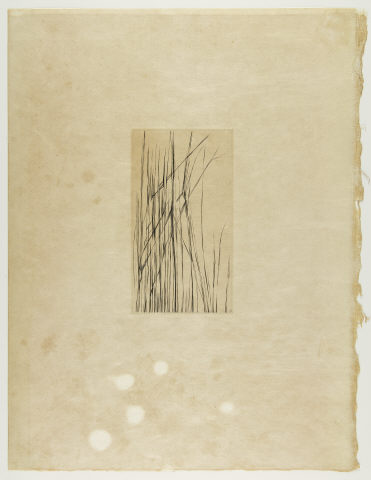
L ‘ Inclémence Lointaine
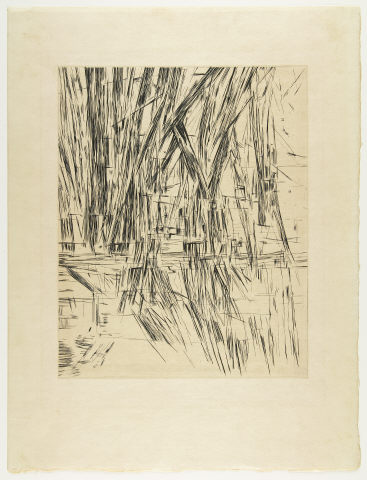
L’ Inclémence Lointaine
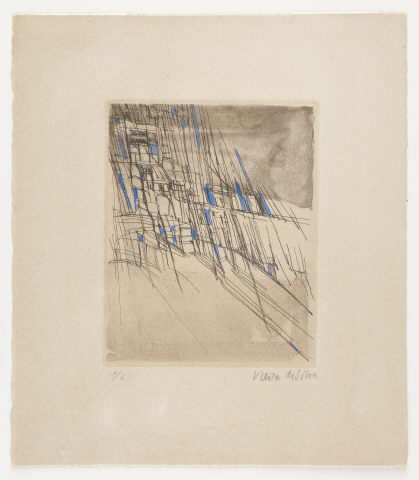
S/ Título
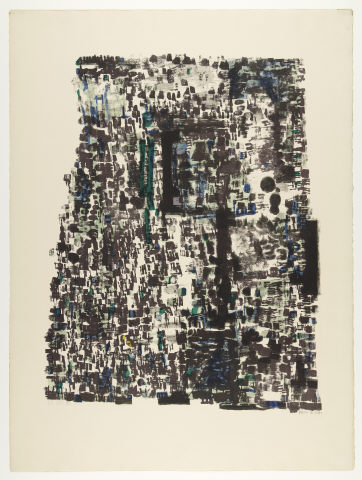
Grottes
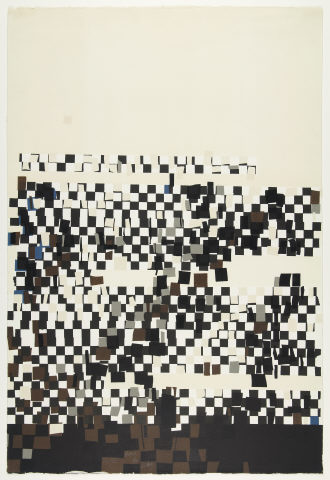
La Foule
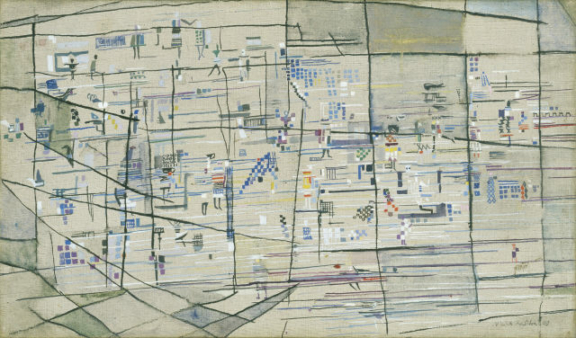
Personnages dans la rue
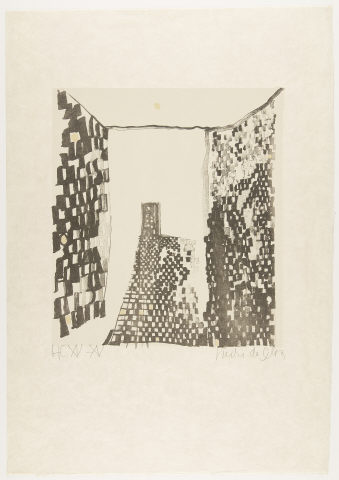
La Chambre
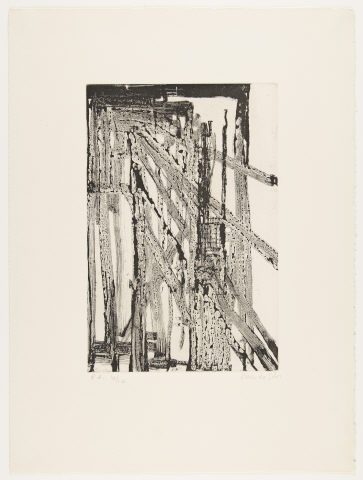
La Mysticité Charnelle de René Crevel
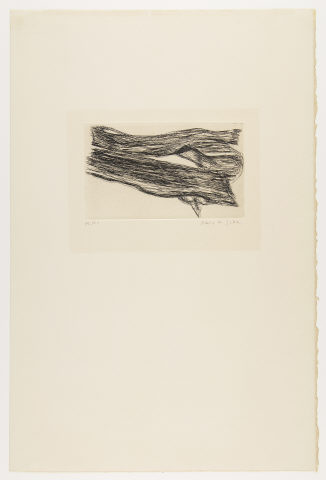
Les Livres de Pierre Le Cuire

L’ Inclémence Lointaine

L’ Inclémence Lointaine
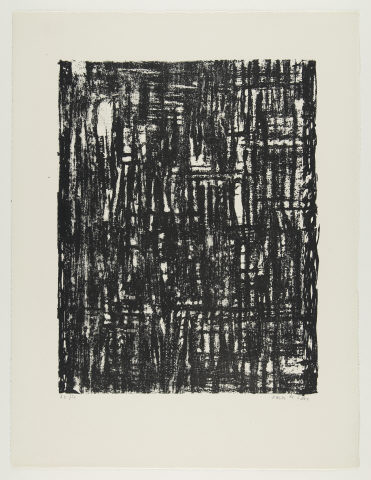
Transparence
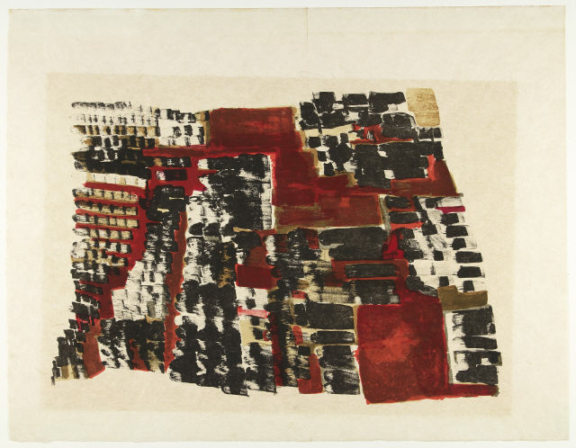
Aztèque

Les Tours
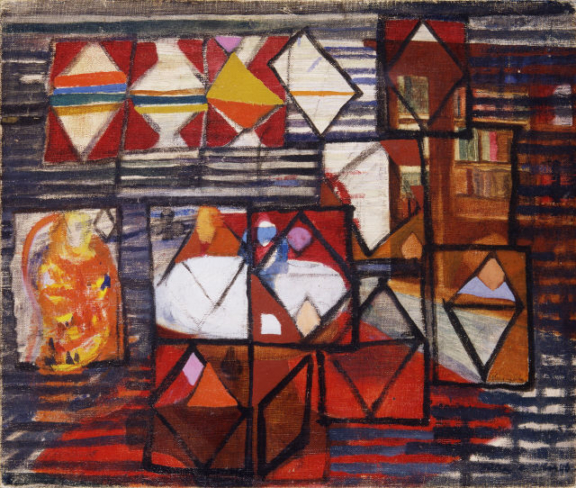
La Table Ronde
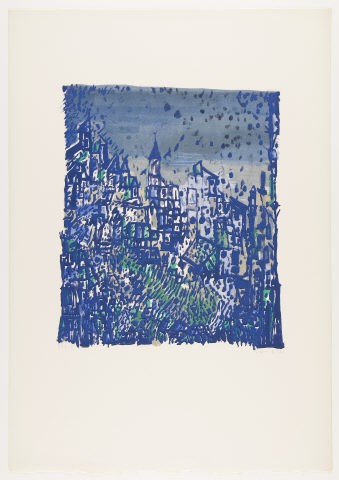
Le Village Bleu
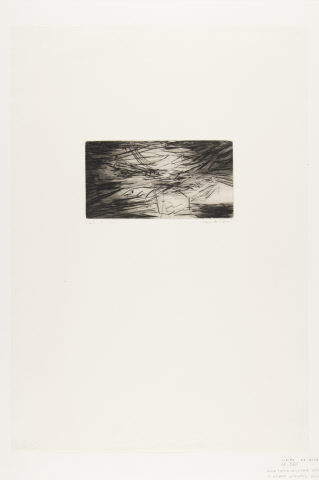
Sem Título

Paroles Peints II
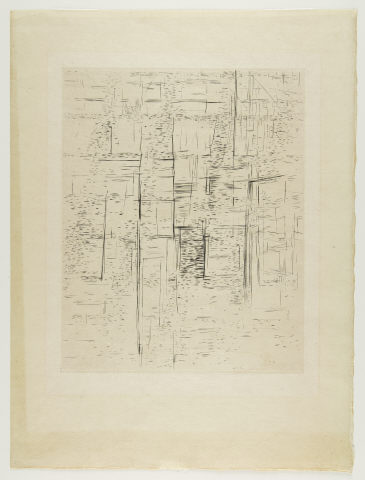
L’ Inclémence Lointaine
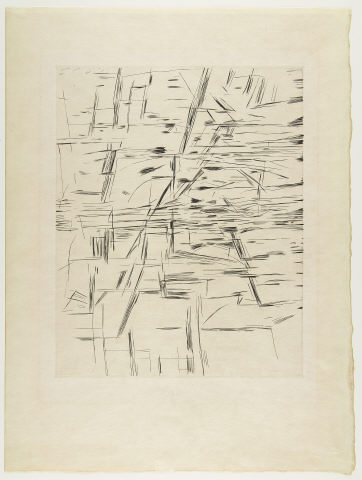
L’ Inclémence Lointaine
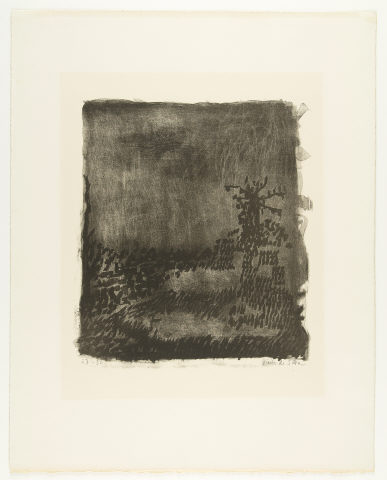
Hiver

Grottes

Jersey

Plombs

Nature morte bleue
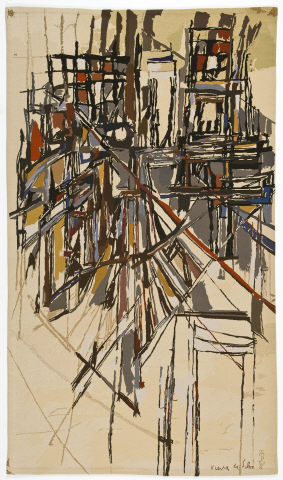
Ante-projecto Bâle
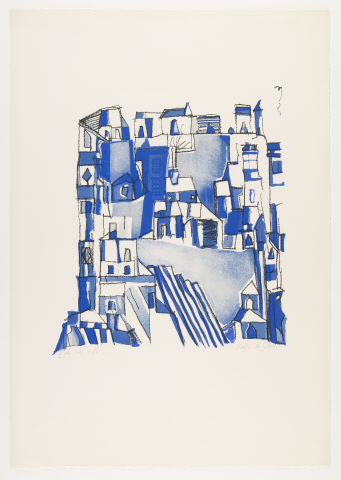
Ericeira
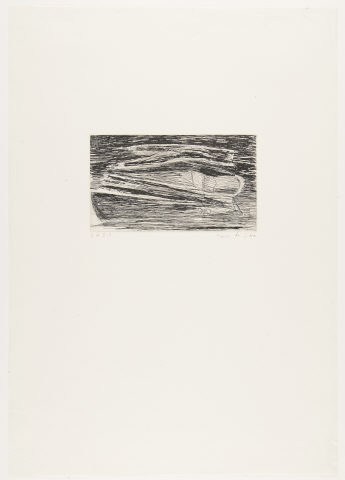
Sem Título
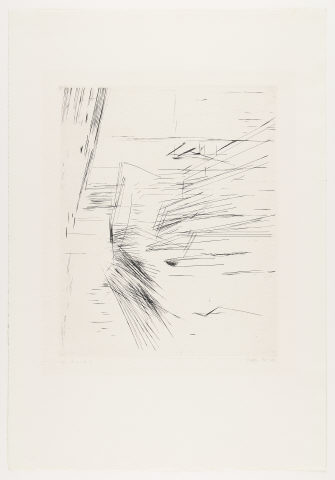
L’ Éclair
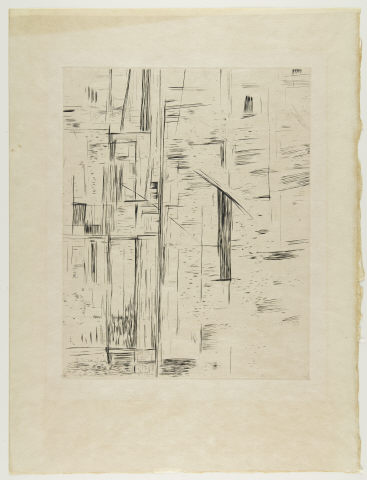
L’ Inclémence Lointaine

L’ Inclémence Lointaine
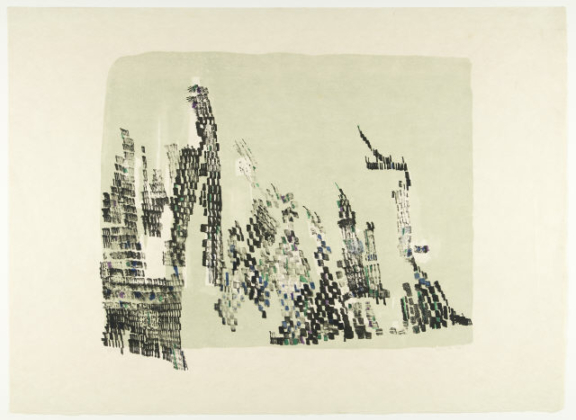
Deux Mille Carreaux
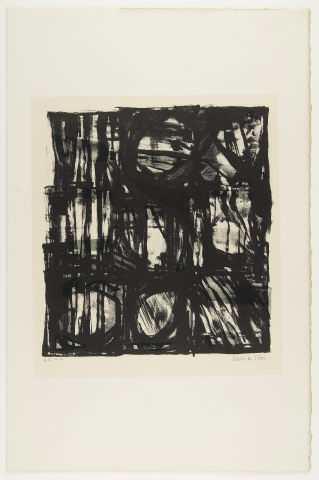
Hublots, He

Le Jardin de Lucie
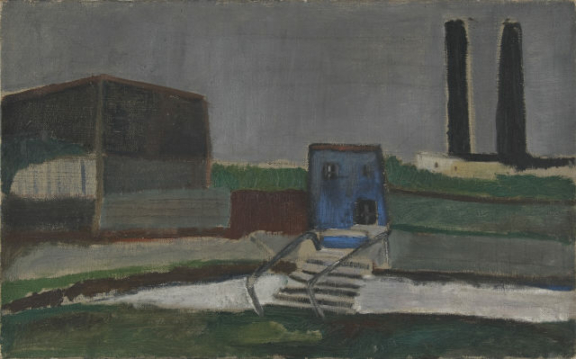
Usine, Banlieue
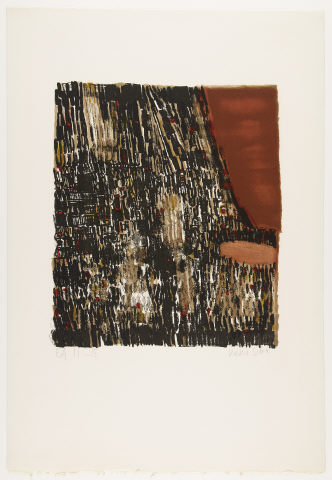
La Montagne
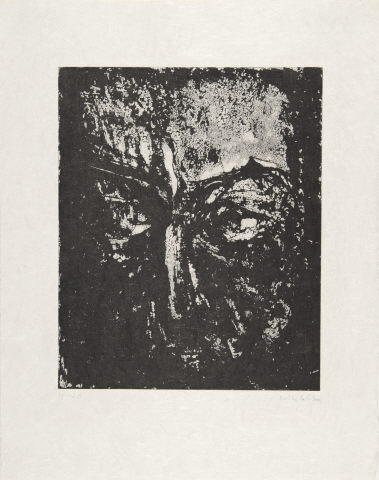
André Malraux Nº 2
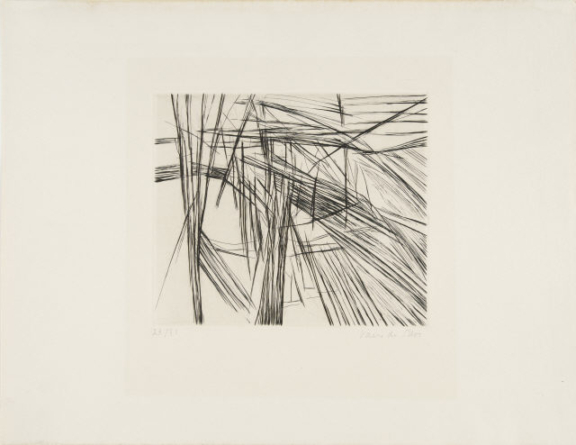
Bibliothèque des Oeuvres R. Char 1928 – 1963
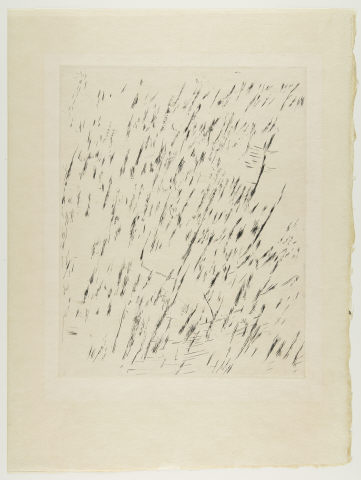
L’ Inclémence Lointaine
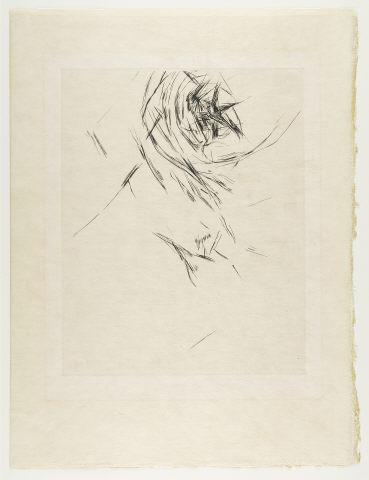
L’ Inclémence Lointaine

Nef
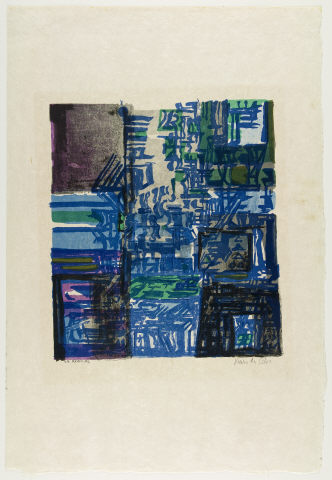
Faïence

Atlantide
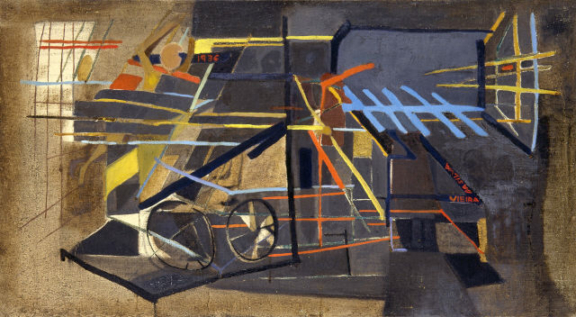
La Rue, Le Soir
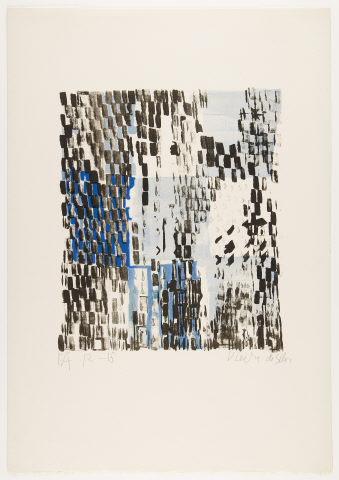
Sans Titre
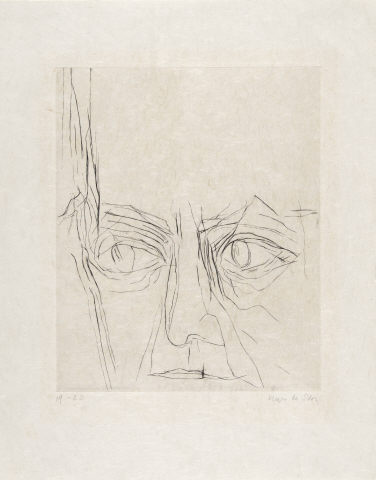
André Malraux Nº 4
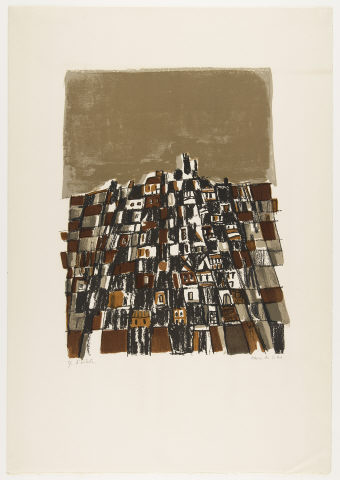
La Ville

L’ Inclémence Lointaine
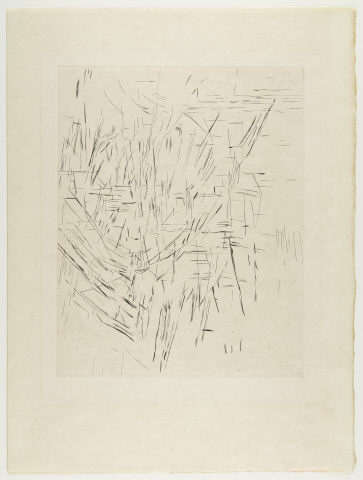
L’ Inclémence Lointaine
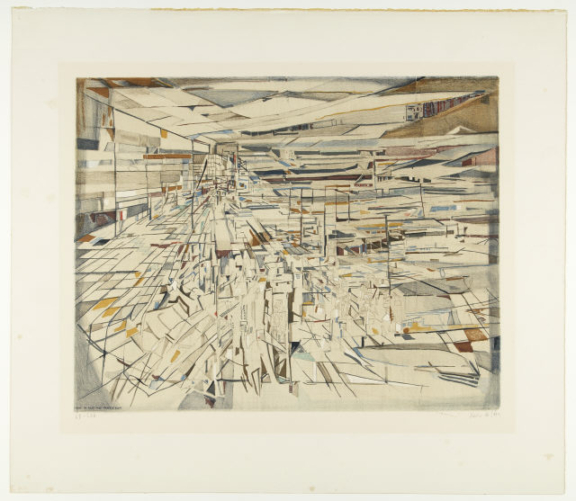
Egypte
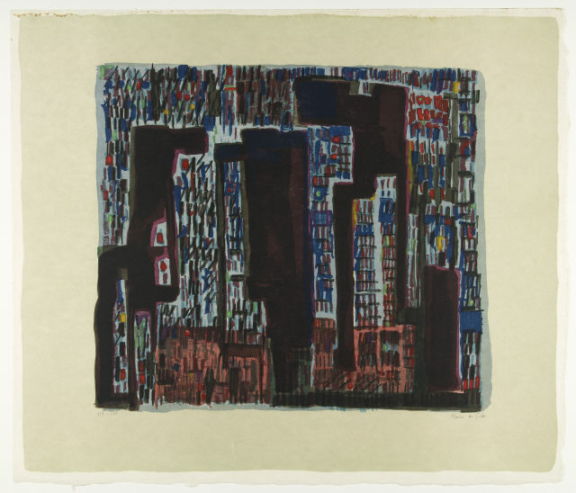
Transylvanie
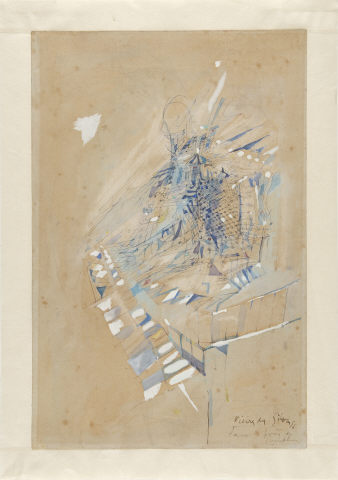
Figura com dedicatória a João Gaspar Simões
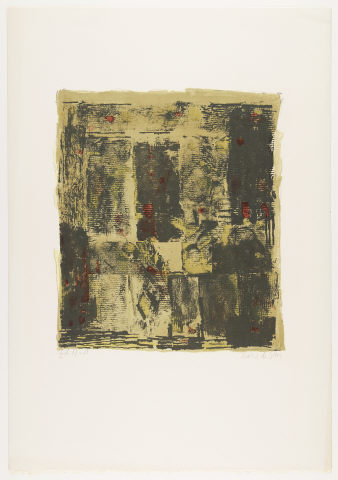
Fontaine de Rome
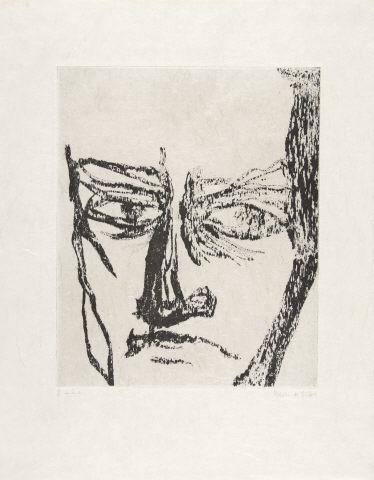
André Malraux Nº 3
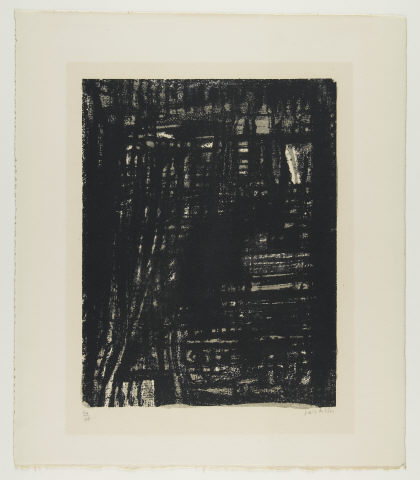
Minuit
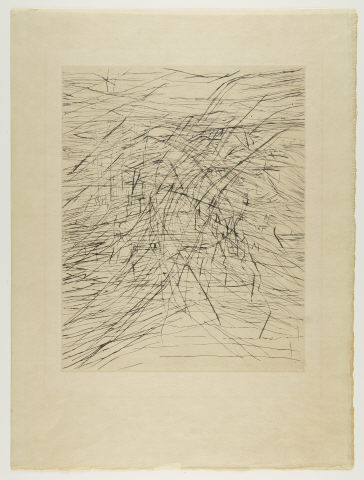
L’ Inclémence Lointaine

L’ Inclémence Lointaine

Deux Mille Carreaux
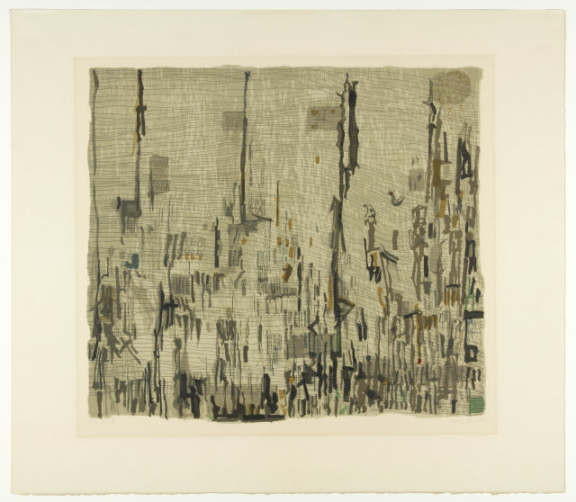
Lettre d’Amour
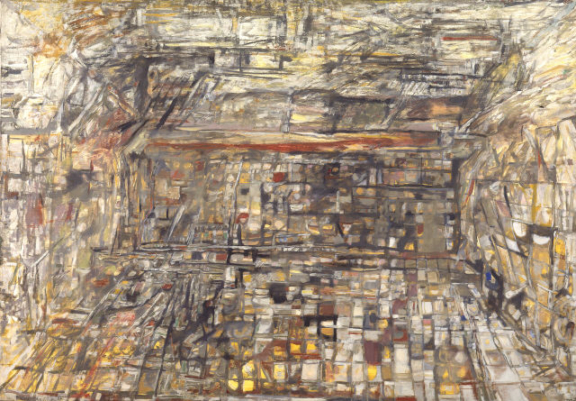
Landgrave

Les Tours

André Malraux Nº 1
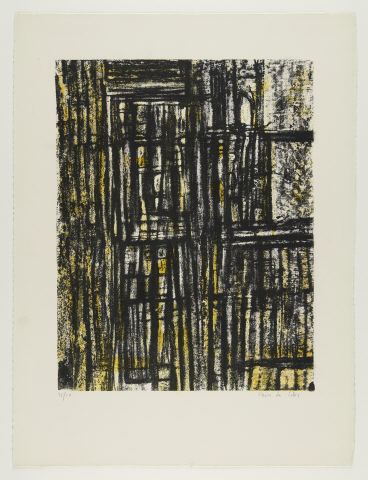
Bibliothèque (Jaune)
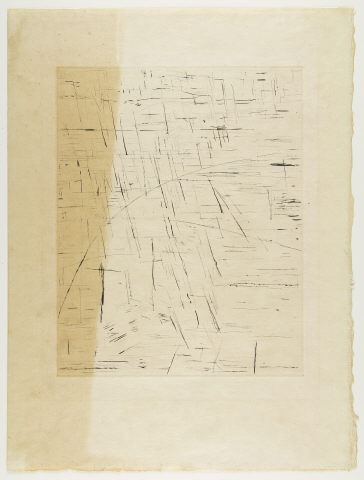
L’ Inclémence Lointaine
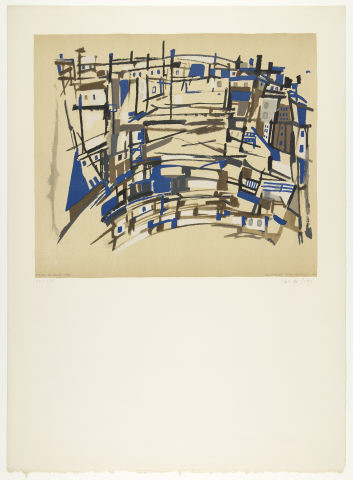
Sem Título
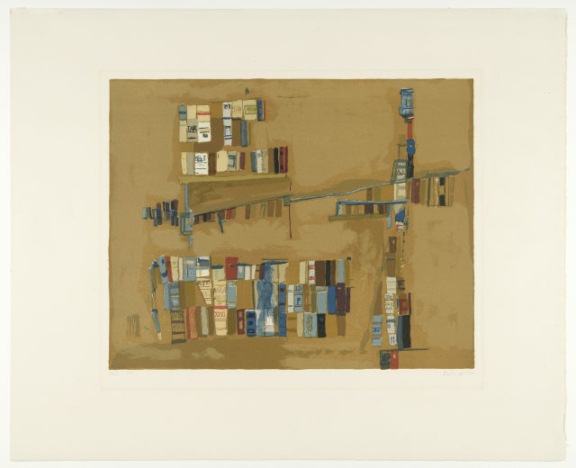
Bibliothèque Humoristique
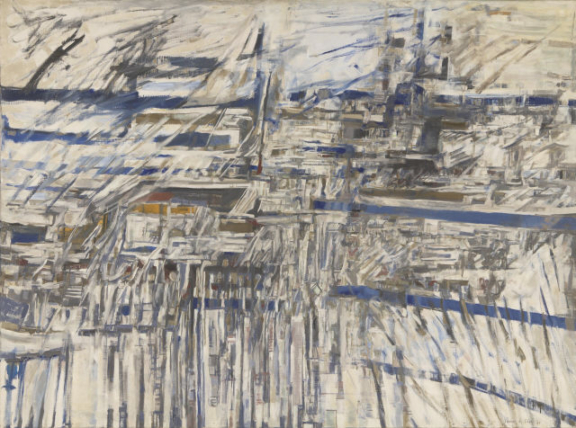
L’air du vent
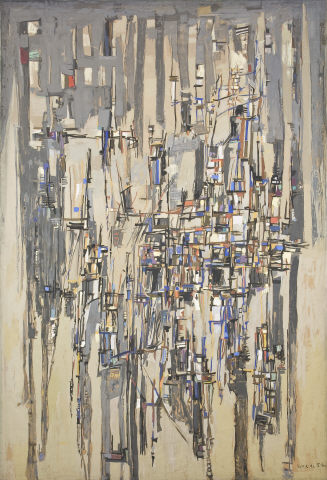
Estudo para a tapeçaria de Basileia
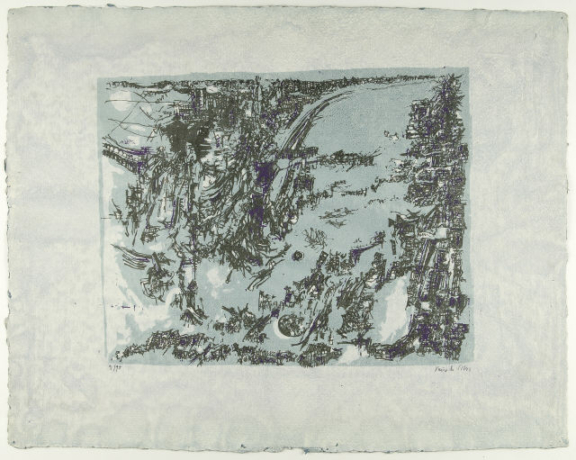
Carte Marine (Paysage Baroque)
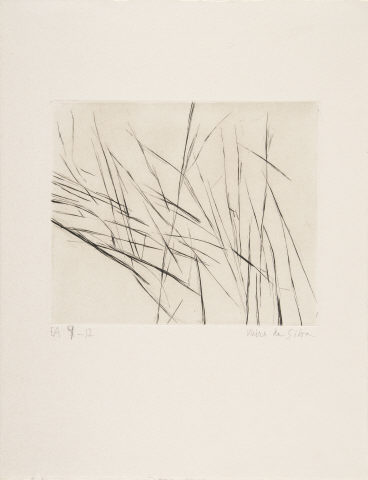
Veilleurs au Confins
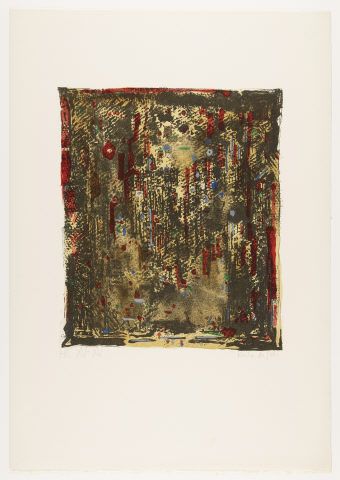
Octobre
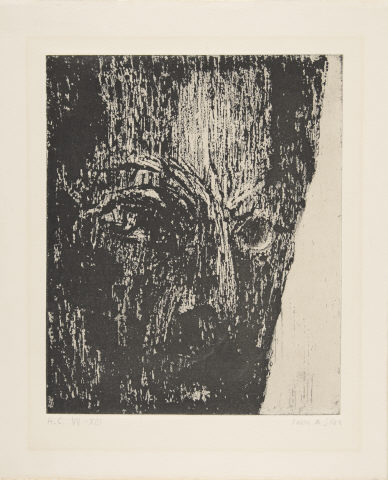
André Malraux
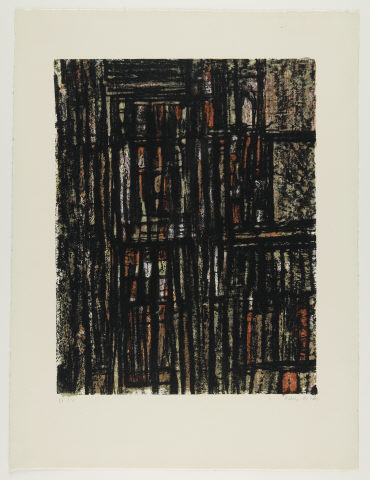
Bibliothèque (Jaune et Rouge)

S/ Título
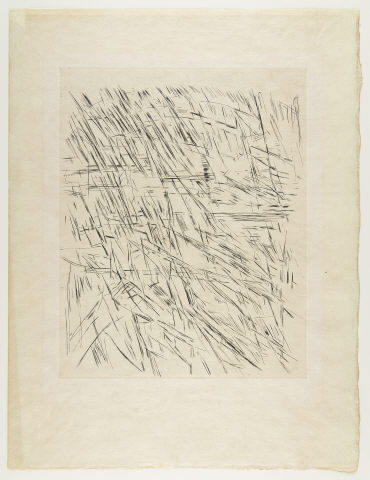
L’ Inclémence Lointaine
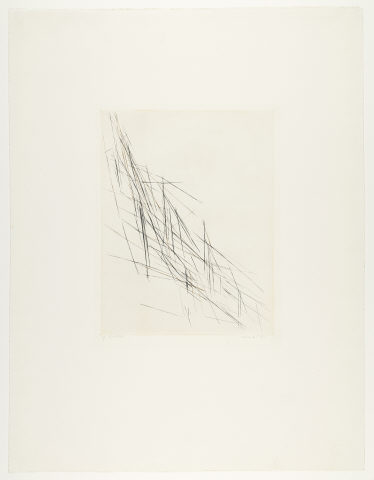
Sem Título
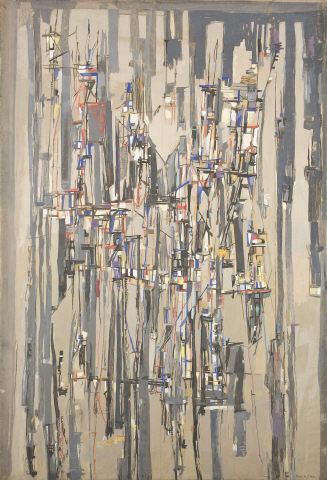
Estudo para a tapeçaria de Basileia
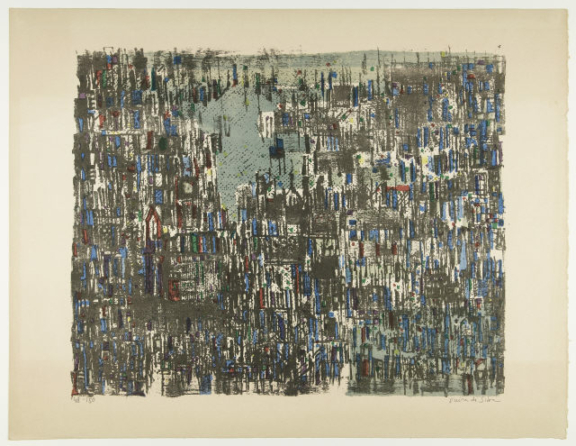
Morges (Dessin Noir)

Sem Título
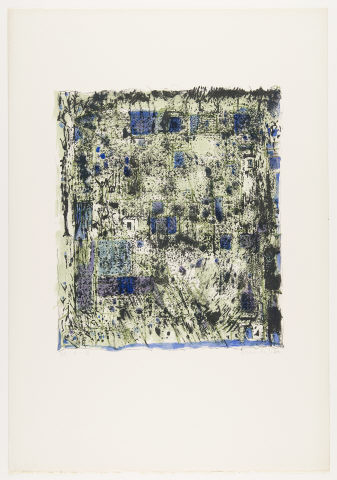
Le jardin

Sem Título
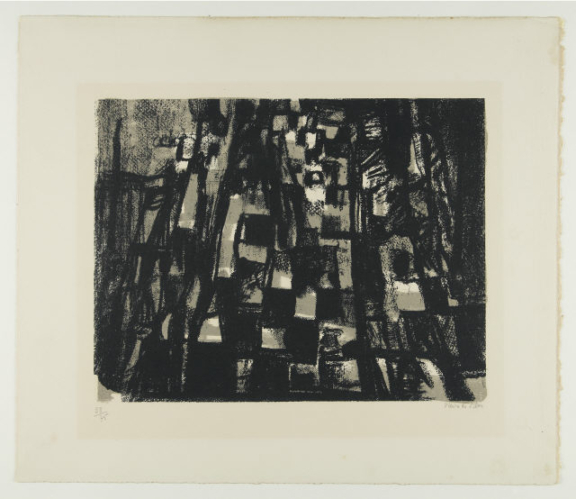
L’ Echiquier
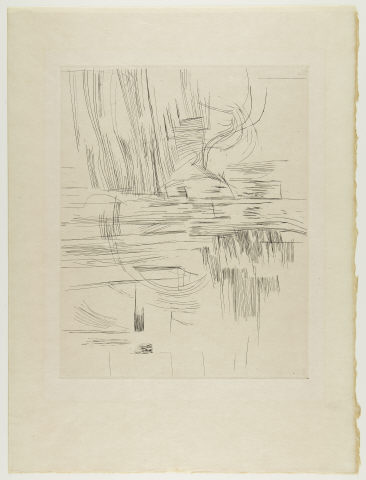
L´Inclémence Lointaine
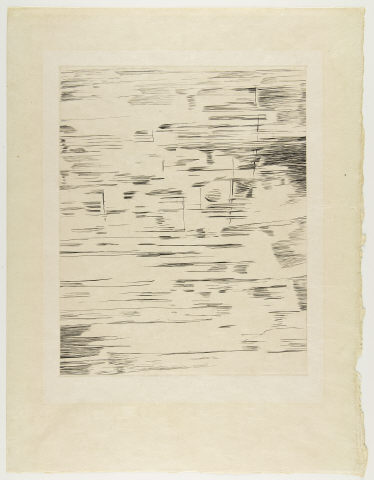
L’Inclémence Lointaine

Sem Título
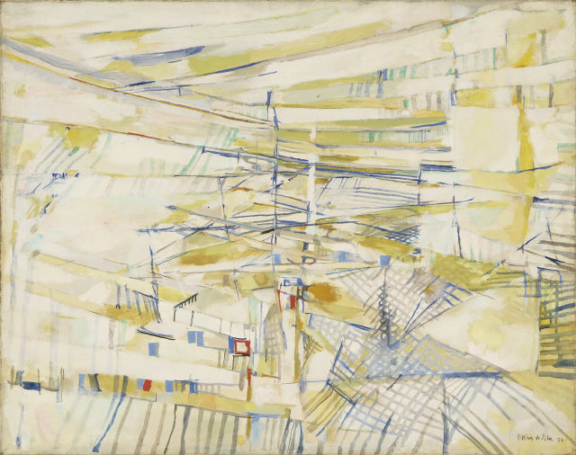
L’oranger